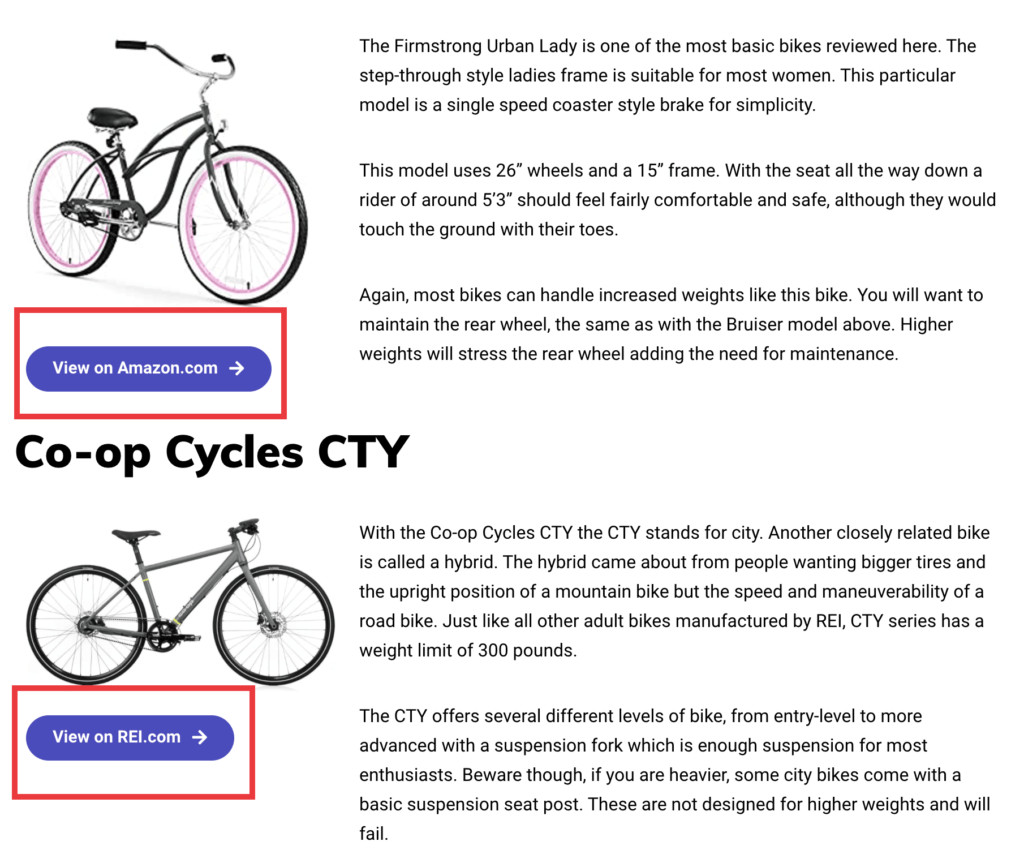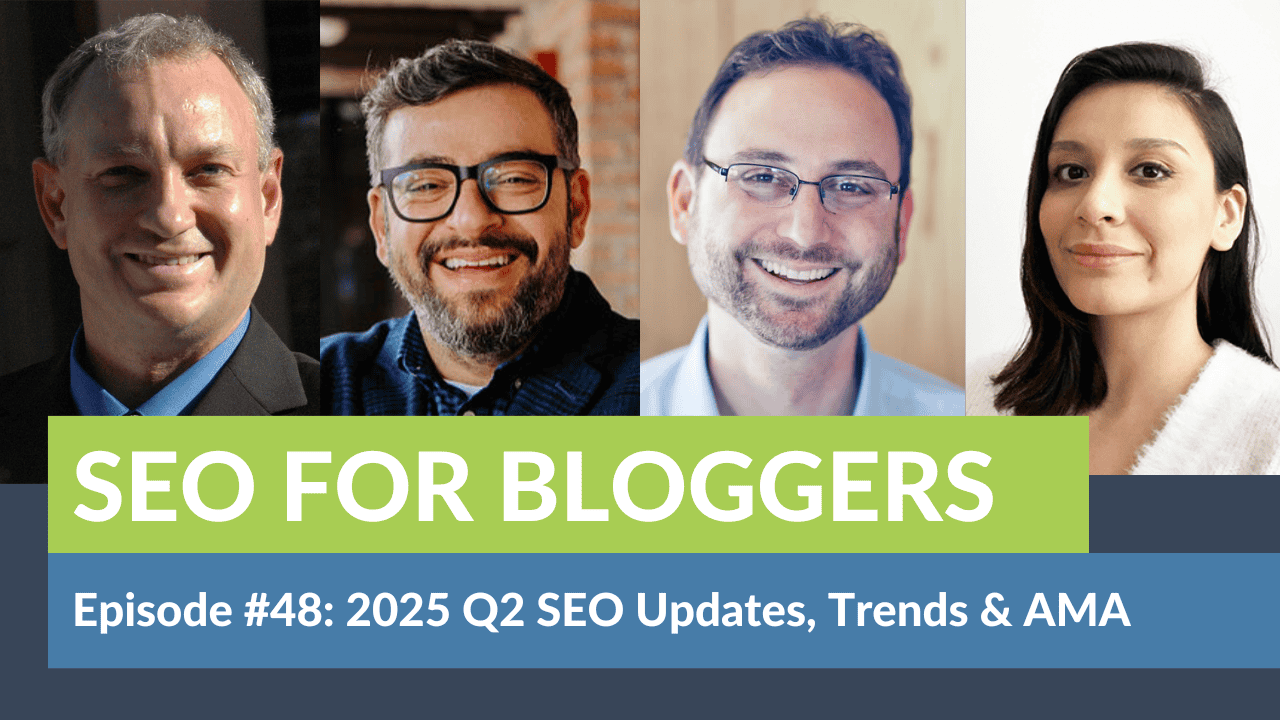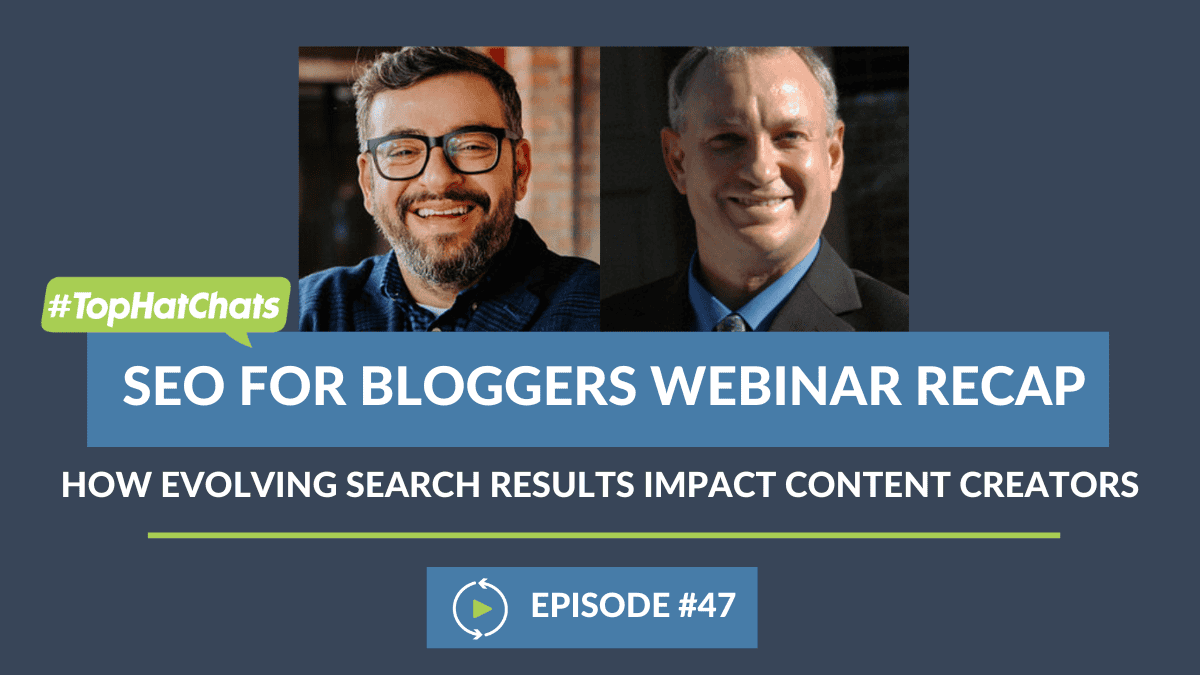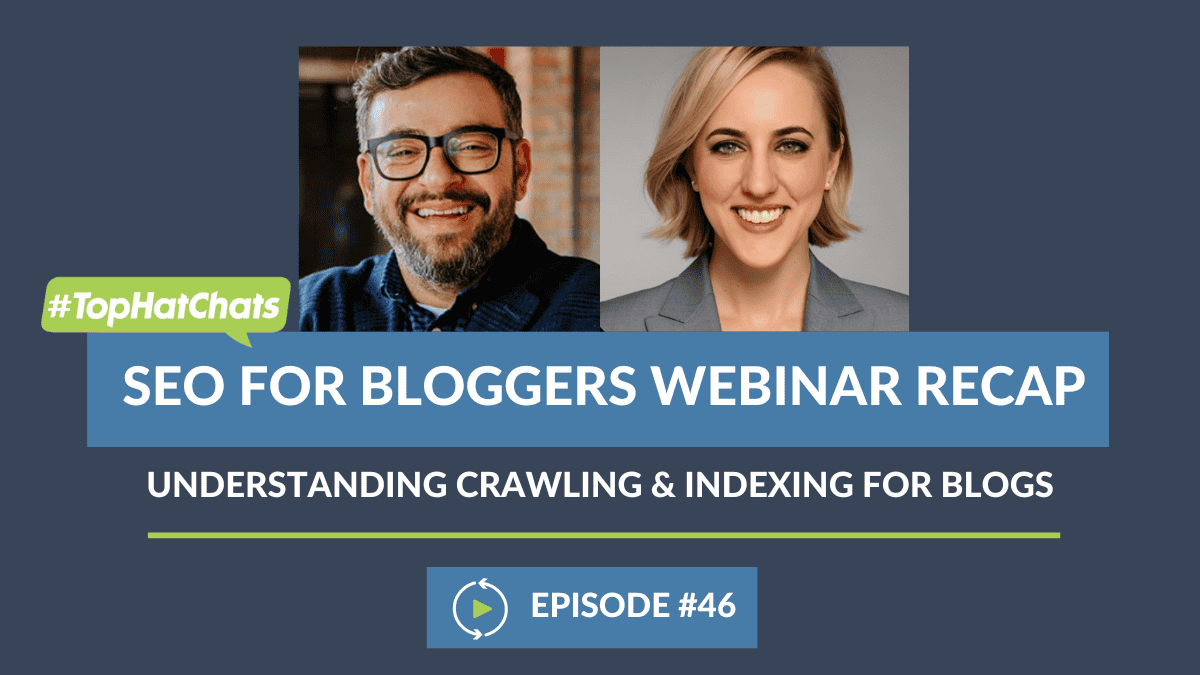Why You Should Denote Sponsored and Affiliate Links
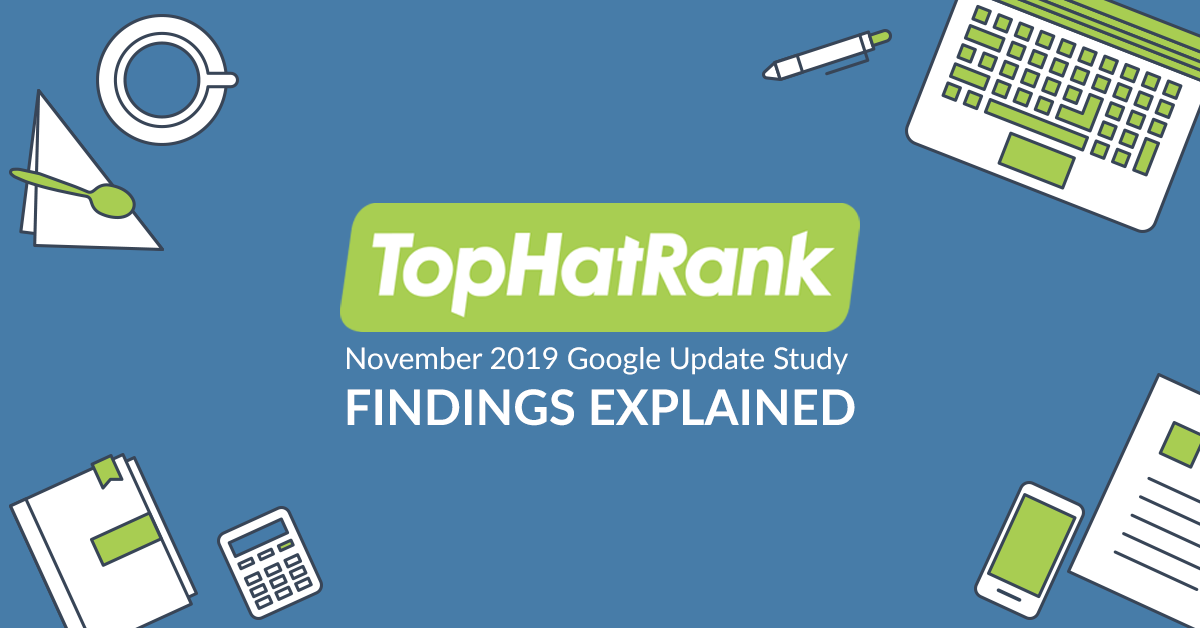
Ever wonder why most people don’t like used car salesmen? They’re oftentimes overly pushy about selling you a car.
In a manner of speaking, in the online blog space, the same is true for bloggers who come across as overly complimentary about X product; they highly recommend it and without any mention of a credible, third-party seller, say “you simply must get one for your home kitchen. Here, use my discounted link to get yours today!”
Catch my drift?
In the case where a blogger is recommending a product or service, they’re considered an affiliate of the brand and the content is therefore sponsored content. As a best practice, readers should be made aware of this.
More to the point, the note about affiliate links at the beginning of a post is not enough to distinguish the paid links from regular ones.
The proper way to mark sponsored and affiliate links
In a nutshell, there are two ways to approach properly annotating sponsored posts.
The first method, which we cover in our study states:
“Mark your affiliate links with rel=sponsored or rel=nofollow and make it clear for your users which links are paid. The short annotations at the beginning of the posts are not sufficient.”
A second method is one where you can name a trusted and verified seller (Amazon) directly in your post. For example, encouraging your users to try your favorite cooking accessories from Amazon, that way they’ll know the link will direct them to an external sales page.
We see some blogs get creative with formating their content in order to not ruin the user experience or the aesthetic of their posts.
Why transparency is important
Ever wonder why your blog dropped in rankings at one point in time after you posted a bunch of content talking about the great products of that new affiliate program you signed up with? Well, it may have been due to the improper way you were handling the transparency of sponsored content.
Many bloggers take on affiliate programs as a way to monetize. But if you don’t properly disclose this type of content, it can get you in trouble when a Google quality algorithm update rolls through.
Case in point, our study found this to be among the list of culprits affecting rankings and traffic.
Google is in the business of ranking the best, most authoritative, trustworthy websites to users who are searching for things online. Shady tactics or blatant disregard for labeling paid posts is considered fair game for a quality update.
Things to keep in mind
At this time, because there is no industry standard or consistency across blogs, it is considerably more difficult for Google to detect if and when users can trust the content.
Again, it’s best to err on the side of caution and transparency if you don’t want to fight the uphill battle of being penalized by algorithm updates.
To be clear, the inconsistency occurs between how links are marked for search engine crawlers versus how they are (or are not) indicated for users. Here’s what we observed in the study:

Not to mention this sobering data point:
“To remind you, ~75% of blogs from our dataset dropped after the update.”
Based on the data from the study, it’s best to clearly also disclose to your users which specific links are paid instead of making a general statement at the top or bottom of your post.
